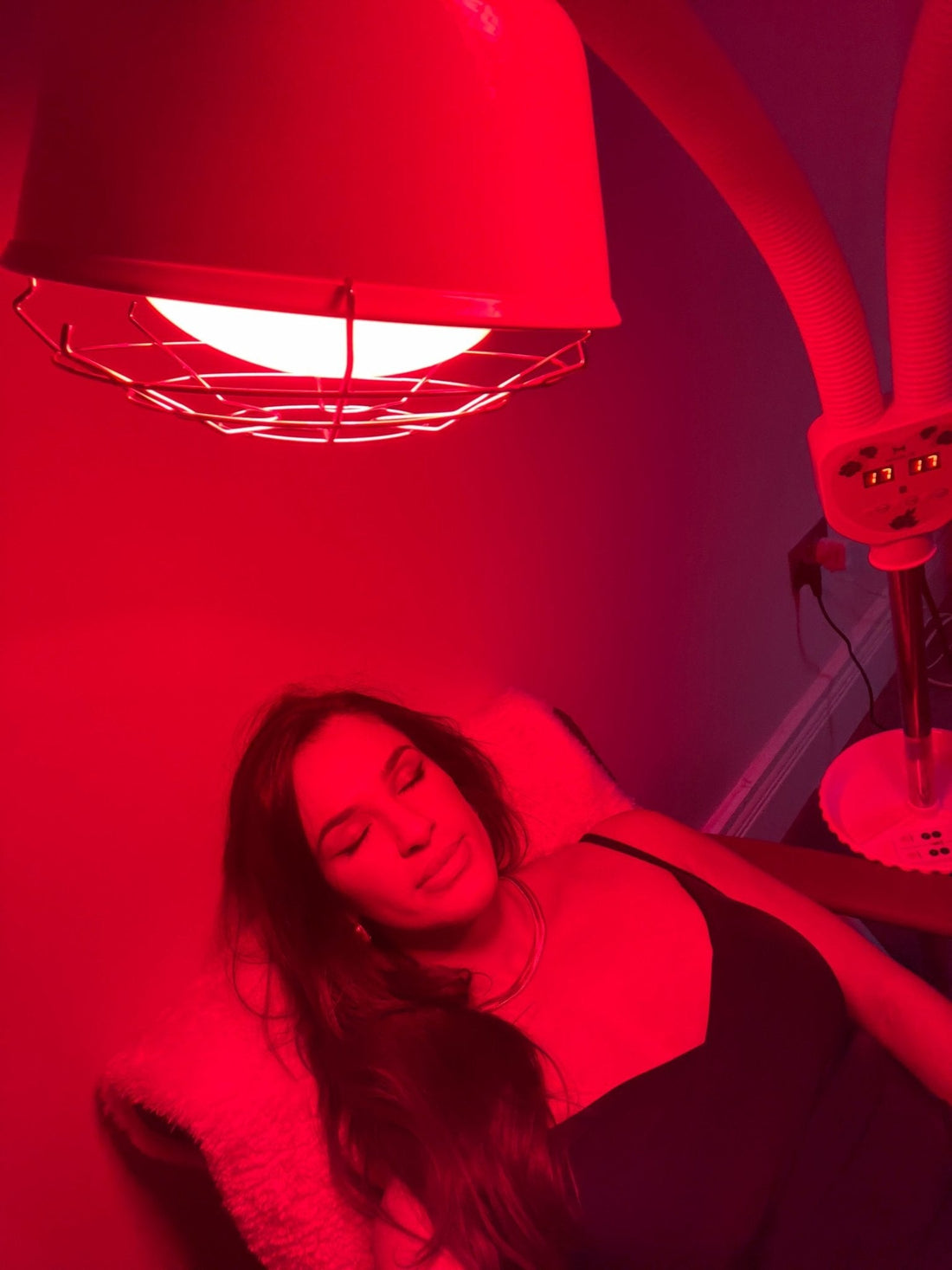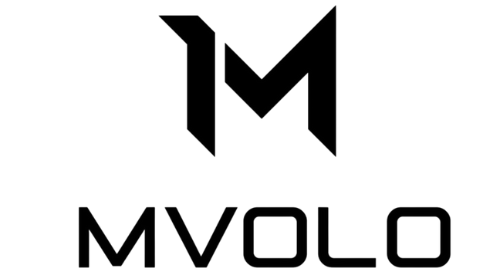Everything You Need to Know About Hair Loss and How Red Light Can Help You
Part
Hair loss is a problem that affects many people worldwide. Whether it is genetic, such as androgenetic alopecia, or caused by other factors, losing hair can have a major impact on your confidence and well-being. In this blog, we will delve deeper into the science behind hair loss and how red light therapy, also known as Low-Level Light Therapy (LLLT), can help you reduce this problem. We will come across some difficult terms, but we will make it as simple as possible to understand. By the end of this blog, you will have a complete picture of how red light therapy works and why it can be an effective solution.
What is Hair Loss and Androgenetic Alopecia?
Hair loss, also known as alopecia, can be caused by a variety of factors, including genetics, hormones, stress, and diet. The most common form of hair loss is androgenetic alopecia, which is hereditary hair loss. This type of alopecia affects both men and women and is characterized by thinning hair and eventually baldness.
In androgenetic alopecia, the hair follicles, which contain the hair roots, gradually become smaller. This process, known as follicular miniaturization, causes the hair to become thinner and eventually stop growing altogether. The main factor behind this miniaturization is dihydrotestosterone (DHT), a hormone that is derived from testosterone and is strongly linked to hair loss ( SpringerLink ) ( MDPI ) .
How Does Red Light Therapy Work?
Red light therapy, also called Low-Level Light Therapy (LLLT), is a non-invasive treatment method that uses specific wavelengths of light, usually in the 600-900 nanometer (nm) range, to stimulate cell activity. It has been approved by the U.S. Food and Drug Administration (FDA) as a safe and effective treatment for androgenetic alopecia.
But how exactly does it work? The science behind red light therapy revolves around stimulating the mitochondria in the cells. Mitochondria are often called the “powerhouses” of the cells because they produce energy in the form of adenosine triphosphate (ATP). By increasing energy production, red light helps the cells to function better and recover. This process can be particularly beneficial for the hair follicles, which are very active and require a lot of energy ( MDPI ) .
The Benefits of Red Light Therapy for Hair Growth
-
Improved Blood Circulation : Red light stimulates blood circulation to the scalp, which ensures better oxygen and nutrient supply to the hair follicles. This is crucial for hair health and growth.
-
Stimulation of the Anagen Phase : The anagen phase is the growth phase of the hair. Red light helps to lengthen hair follicles in this phase, resulting in a thicker head of hair and less hair loss ( SpringerLink ) .
-
Cellular Repair and Growth : By stimulating ATP production, cells can repair and grow faster, leading to healthier hair follicles and ultimately more hair growth.
Difficult Terms Explained
- Androgenetic Alopecia : Hereditary hair loss that can affect both men and women, usually characterized by thinning of the hair.
- Mitochondria : The energy-producing parts of cells, essential for all cellular functions.
- Anagen Phase : The active growth phase of the hair, during which the hair grows and lengthens.
Conclusion
For those suffering from hair loss, especially in the form of androgenetic alopecia, red light therapy offers a safe and scientifically backed solution. By improving blood circulation, stimulating cell activity and extending the growth phase of the hair, red light therapy can effectively contribute to a thicker, healthier head of hair.
While terms like “mitochondria” and “follicular miniaturization” may sound complex, the gist of it is simple: red light can revitalize your hair follicles and help you combat hair loss. If you’re struggling with hair loss and are looking for a natural, non-invasive treatment, red light therapy is definitely worth considering. Always speak to a medical professional to determine if this treatment is right for you.






